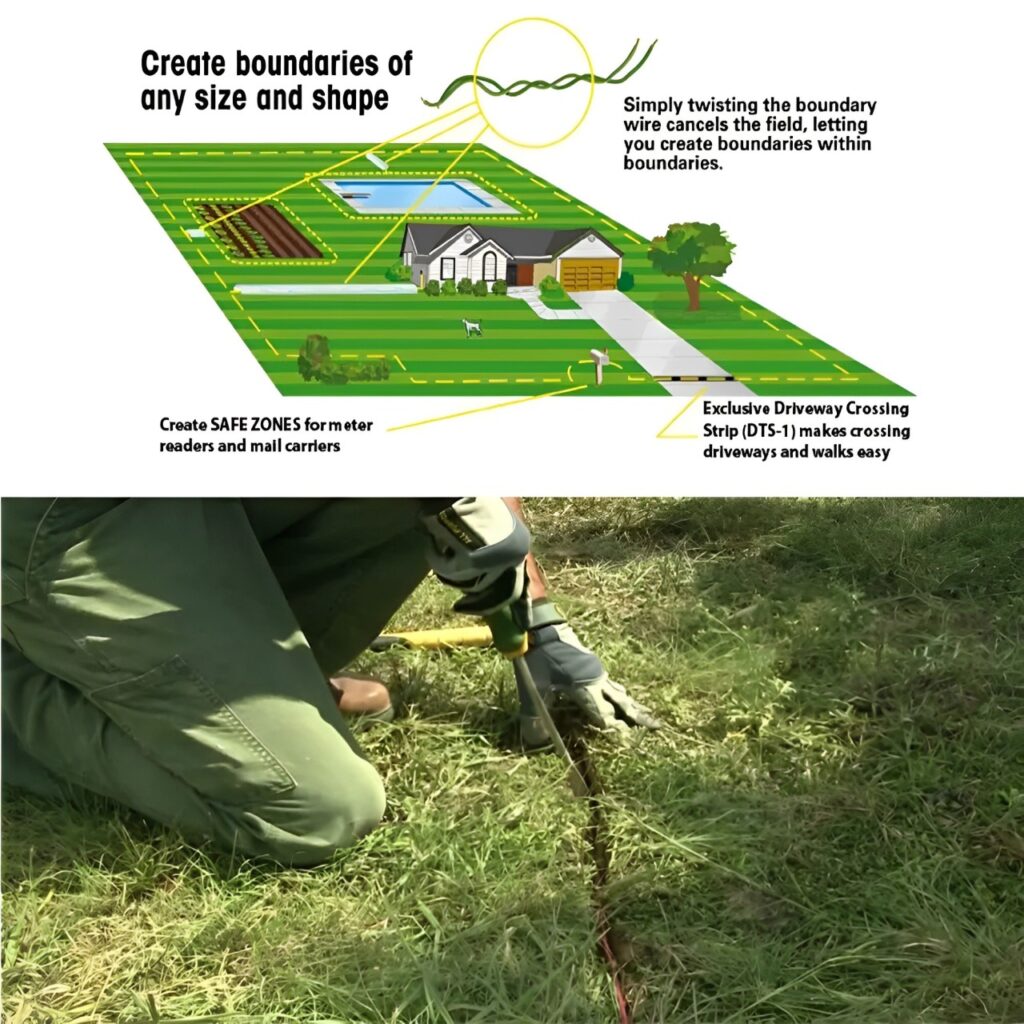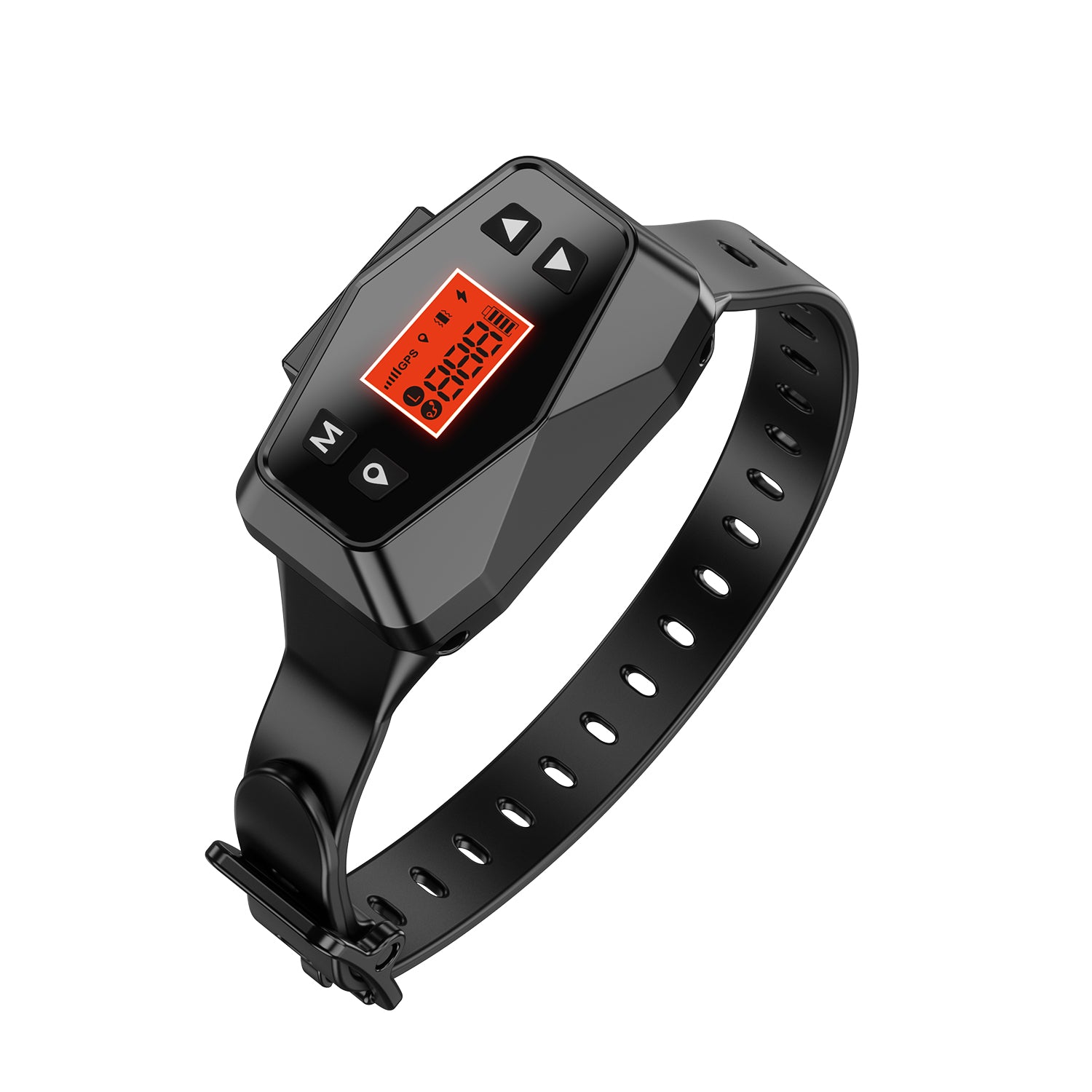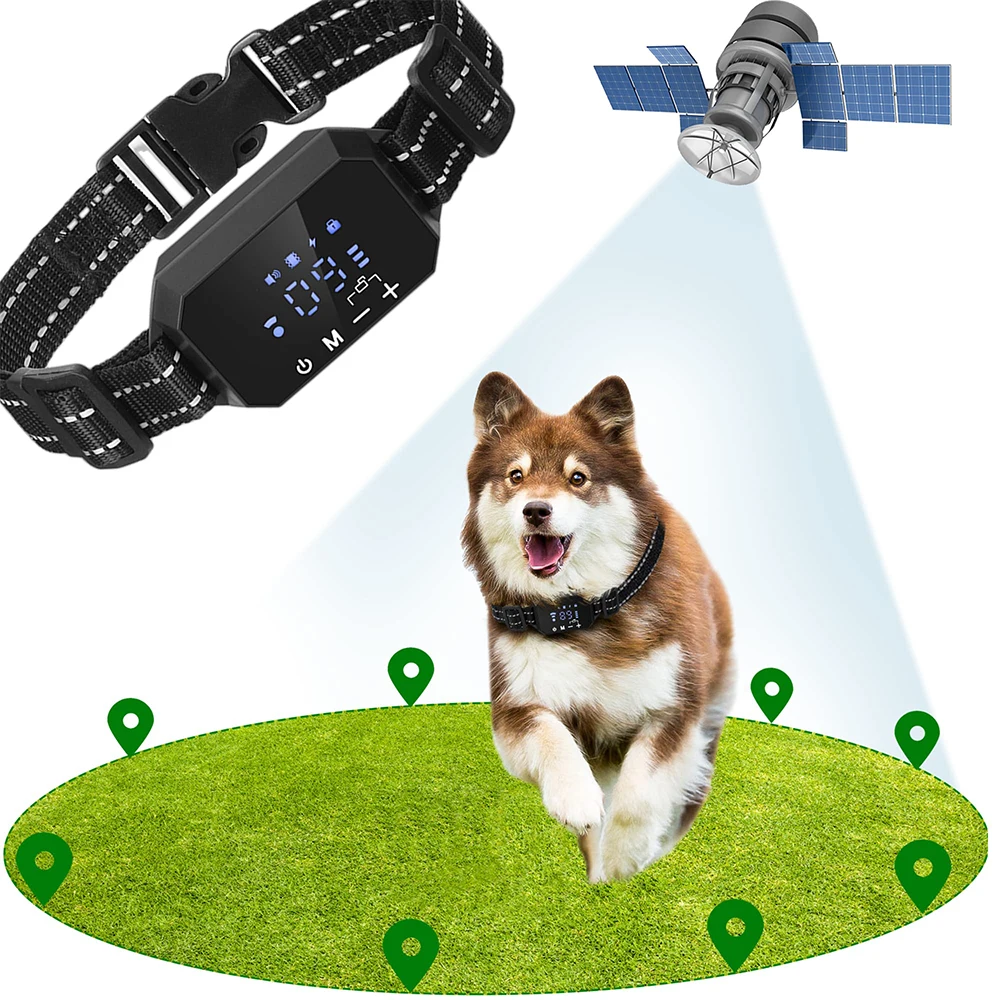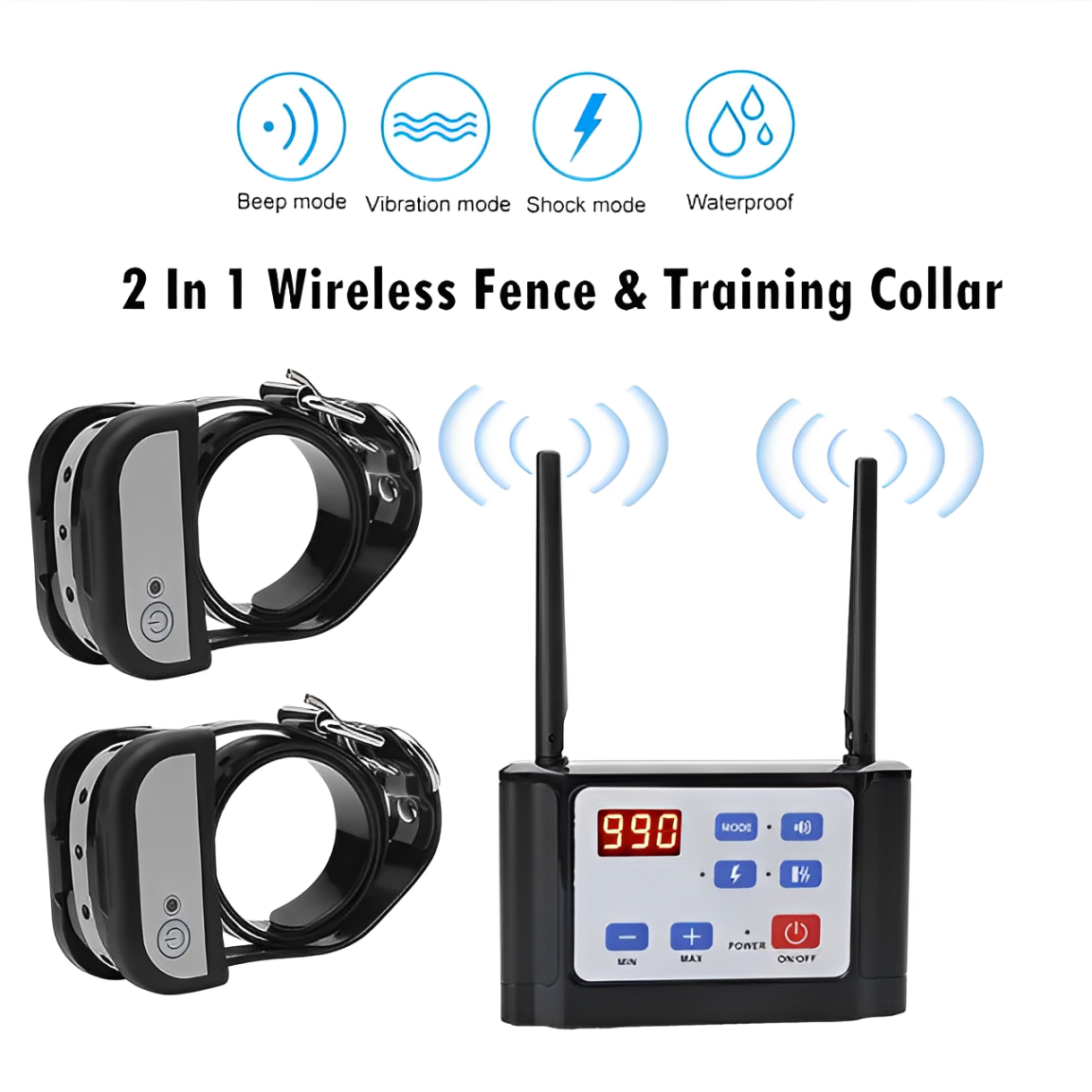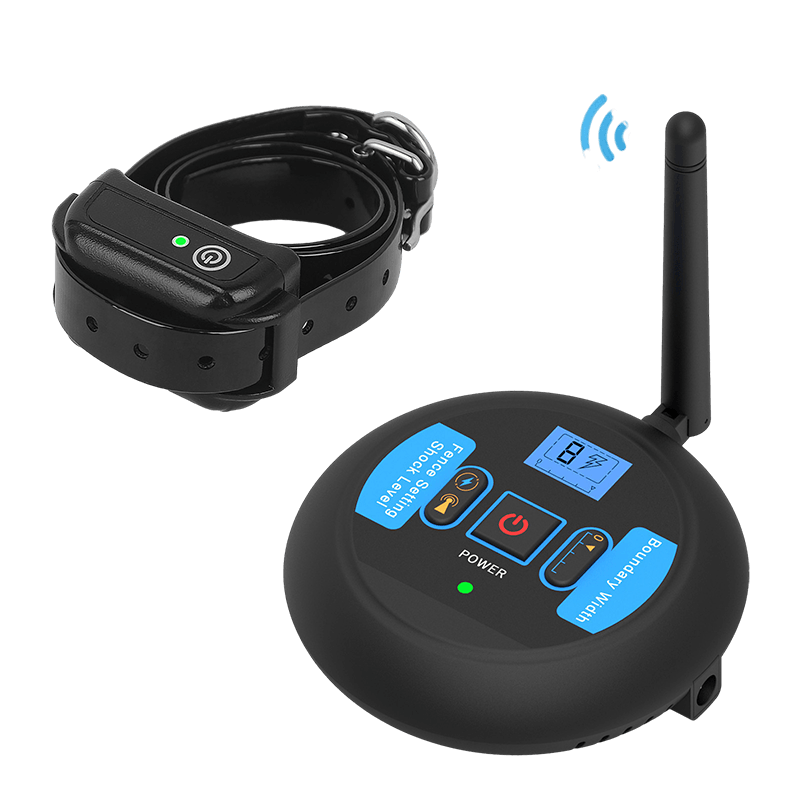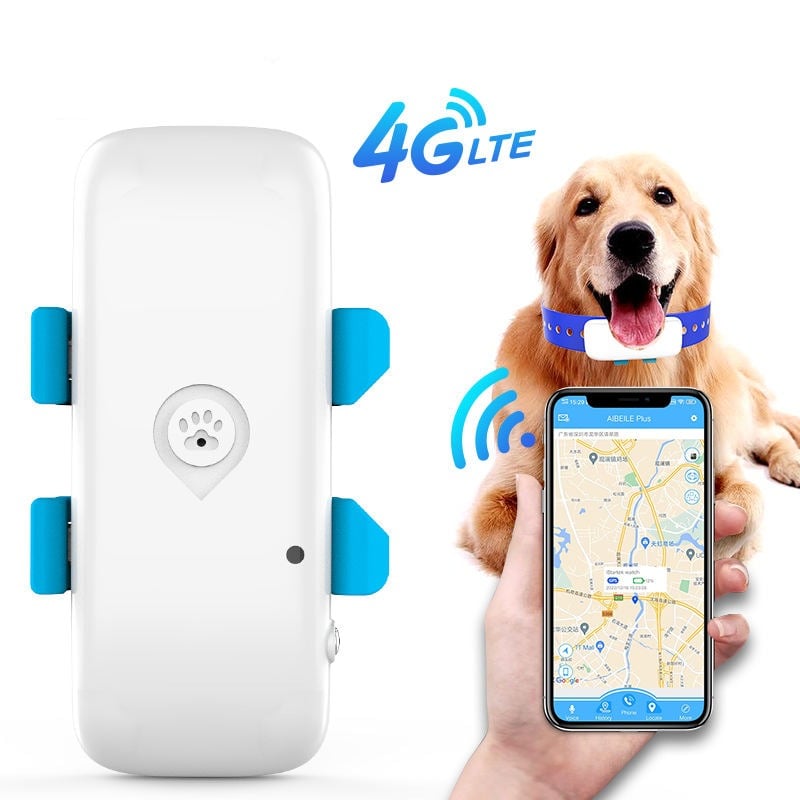Wireless vs In-Ground Invisible Dog Fences: Which Is Best For You?
Invisible dog fences provide a safe, flexible way to keep your furry friend contained without unsightly physical barriers. But with so many options available, how do you choose between wireless and in-ground systems? This guide breaks down the key differences, pros and cons, and top products to help you find the perfect invisible fence for your pup. We’ll explore how these systems work, their effectiveness for different breeds and property types, and which features matter most. Read on to discover the ideal invisible fence to give your dog freedom while keeping them safe! 🏡🐶
“An invisible fence was a game-changer for us. Our energetic Lab can now enjoy the whole yard without us worrying about her escaping.” – Sarah T., dog owner
Key Features to Look for in Invisible Dog Fences
When shopping for an invisible fence, keep these important factors in mind:
- Range/Coverage Area: Ensure it covers your entire desired area
- Reliability: Consistent boundary enforcement is crucial
- Ease of Installation: DIY-friendly or professional install required?
- Collar Comfort: Lightweight, adjustable fit for your dog
- Correction Methods: Sound, vibration, and/or static options
- Battery Life: Longer battery life means less maintenance
- Expandability: Option to add multiple dogs/collars
- Weather Resistance: Waterproof collars and durable components
Our Top 5 Invisible Dog Fence Picks
1. DoggiGuard Wireless Fence
Never Worry About Your Dog’s Safety Again! 🏆
The DoggiGuard Wireless Fence offers cutting-edge GPS technology for precise boundary control. Easily monitor your dog’s activity and location through the companion app. Suitable for dogs over 20 lbs and 5+ months old, it features customizable correction methods to suit your dog’s personality.
Pros:
- Advanced GPS technology for accurate boundaries
- Easy to set up and adjust
- Smartphone app for monitoring
- Customizable correction levels
Cons:
- Requires smartphone for full functionality
- Not suitable for very small dogs
Who We Recommend It For:
Perfect for tech-savvy dog owners with larger breeds and irregular yard shapes.
Keep in Mind:
GPS signal can occasionally be affected by weather or obstructions.
Rating: 9.5/10 Stars
2. HappyHound Collar
No wires, no complex setup – it actually works! 😃
The HappyHound Collar offers a wire-free solution with multiple correction modes. Users report quick learning curves for their dogs, often being able to reduce correction levels after just a few weeks of use.
Pros:
- Easy, wire-free setup
- Multiple correction modes (beep, vibration, shock)
- Adjustable boundary range
Cons:
- May require consistent training for best results
- Battery life could be improved
Who We Recommend It For:
Ideal for those wanting a simple, portable containment solution.
Keep in Mind:
Effectiveness may vary depending on your dog’s temperament.
Rating: 8.5/10 Stars
3. FreedomGuard Invisible Dog Fence
Powerful. Versatile. Long-Range. 🏞️
The FreedomGuard offers an impressive 980ft range and support for multiple dogs. With a waterproof collar and adjustable fit, it’s built to handle any weather and dog size.
Pros:
- Extensive 980ft range
- Supports up to 3 dogs
- Water-resistant design
- 6 distance presets
Cons:
- More complex setup than some wireless options
- Pricier than basic models
Who We Recommend It For:
Great for large properties or multi-dog households.
Keep in Mind:
Requires careful placement of the transmitter for optimal performance.
Rating: 9/10 Stars
4. BoundaryBuddy GPS Dog Fence
User-Friendly Design with Impressive Range 📡
The BoundaryBuddy combines GPS technology with a user-friendly interface, allowing control of up to three dogs with one transmitter. Its clear digital display makes customization a breeze.
Pros:
- GPS accuracy for reliable boundaries
- Controls up to 3 dogs
- Clear digital display
- Beep and static correction options
Cons:
- Higher price point
- Requires regular charging
Who We Recommend It For:
Ideal for tech-savvy users with multiple dogs and varying terrain.
Keep in Mind:
GPS can occasionally be affected by dense tree cover or buildings.
Rating: 8.5/10 Stars
5. PetSecure Electric Fencing
Traditional Reliability Meets Modern Features 🔌
The WirelessWonder offers the precision of an in-ground system with user-friendly features. Its hybrid design combines buried wire boundaries with a wireless collar for maximum flexibility.
Pros:
- Precise boundary control
- No signal interference issues
- Expandable to cover large areas
- Long-lasting battery life
Cons:
- Requires more involved installation
- Less portable than fully wireless systems
Who We Recommend It For:
Perfect for those wanting the reliability of in-ground systems with modern conveniences.
Keep in Mind:
Professional installation may be recommended for best results.
Rating: 9/10 Stars
How We Tested
Our team rigorously tested each invisible fence system over a 4-week period. We evaluated:
- Ease of installation and setup
- Boundary consistency and reliability
- Range and coverage area accuracy
- Collar comfort and battery life
- Correction effectiveness for different dog sizes and temperaments
- Durability in various weather conditions
We used a mix of small, medium, and large breed dogs on properties ranging from 0.5 to 5 acres. Our testers included both tech-savvy and traditional dog owners to assess user-friendliness across experience levels.
What to Look For: Wireless vs In-Ground Fence Buying Guide
Wireless Fences
Pros:
- Easy setup – no digging required
- Portable – great for travel or renters
- Adjustable range (typically up to 1 acre)
- Lower upfront cost
Cons:
- Circular boundary only (unless GPS-based)
- Can be affected by terrain and obstacles
- May have less precise boundaries
In-Ground Fences
Pros:
- Custom boundary shapes
- More precise and consistent boundaries
- Not affected by terrain or obstacles
- Can cover larger areas
Cons:
- More involved installation
- Not portable
- Higher upfront cost
- Wire can be damaged
“After trying both, we found the in-ground system worked best for our oddly-shaped yard. The extra effort in installation was worth the peace of mind.” – Mike R., dog owner
Wireless vs In-Ground: Feature Comparison
| Feature | Wireless | In-Ground |
|---|---|---|
| Installation Difficulty | Easy | Moderate to Difficult |
| Boundary Flexibility | Limited (circular) | Highly Customizable |
| Coverage Area | Typically up to 1 acre | Unlimited (wire length dependent) |
| Portability | High | Low |
| Terrain Impact | Can be affected | Not affected |
FAQs
1. Are invisible fences safe for all dogs?
While generally safe, some dogs may find the correction stressful. Start with the lowest correction level and monitor your dog’s reaction. Consult your vet if you have concerns.
2. How long does it take to train a dog on an invisible fence?
Most dogs learn the boundaries within 2-4 weeks of consistent training. Some may learn faster, while others might take longer. Patience and positive reinforcement are key.
3. Can invisible fences work for very small dogs?
Many systems offer adjustable collars suitable for dogs as small as 5 lbs. Check the product specifications to ensure it’s appropriate for your dog’s size.
4. Do invisible fences work in winter or rainy conditions?
Quality systems are designed to work in all weather conditions. However, extremely heavy snow might affect wireless signals, and frozen ground can make in-ground wire installation challenging.
5. Can my dog still wear their regular collar with an invisible fence collar?
Yes, most dogs can comfortably wear both. Just ensure the invisible fence collar makes proper contact with your dog’s neck and isn’t interfered with by other collars.
Conclusion
Choosing between a wireless and in-ground invisible dog fence depends on your specific needs, property layout, and dog’s temperament. Wireless systems offer convenience and portability, making them ideal for renters or those who frequently relocate. In-ground systems provide more precise boundaries and can cover larger, irregularly shaped areas.
For most users, we recommend the DoggiGuard Wireless Fence
For most users, we recommend the DoggiGuard Wireless Fence for its combination of advanced GPS technology, ease of use, and customizable features. It offers the best balance of effectiveness and convenience for a wide range of dog owners. 🏆
However, those with large or uniquely shaped properties may find the FreedomGuard Invisible Dog Fence or WirelessWonder In-Ground System better suited to their needs. Remember, the most effective system is one that you’ll consistently use and maintain.
Whichever system you choose, remember that proper training is crucial for your dog’s safety and the fence’s effectiveness. Be patient, consistent, and always prioritize your furry friend’s well-being. With the right invisible fence and training approach, you can give your dog the freedom to enjoy your yard while keeping them safe and secure. 🐶💖
Key Takeaways:
- Wireless fences offer easy setup and portability
- In-ground fences provide more precise, customizable boundaries
- Consider your property size, shape, and dog’s temperament when choosing
- Consistent training is essential for any invisible fence system
- Prioritize safety and comfort features when selecting a system
User Guidance and Tips
Getting Started with Your Invisible Fence
- Plan Your Boundary: Before installation, walk your property and plan where you want the boundary to be. Mark it with flags or stakes.
- Start with Indoor Training: Familiarize your dog with the collar and correction signals indoors before moving outside.
- Use Positive Reinforcement: Reward your dog for respecting the boundary to create positive associations.
- Gradually Increase Correction: Start with the lowest correction level and only increase if necessary.
- Supervise Initial Outdoor Sessions: Don’t leave your dog unsupervised until they consistently respect the boundary.
Maintaining Your Invisible Fence System
- Regularly check the collar fit and battery level
- Test the system weekly to ensure it’s functioning correctly
- For in-ground systems, periodically check for wire breaks
- Keep the transmitter area clear of metal objects that may interfere with the signal
Remember, an invisible fence is a training tool, not a substitute for supervision or proper dog training. Always ensure your dog has a safe, comfortable space both inside and outside your home. 🏡🐾
